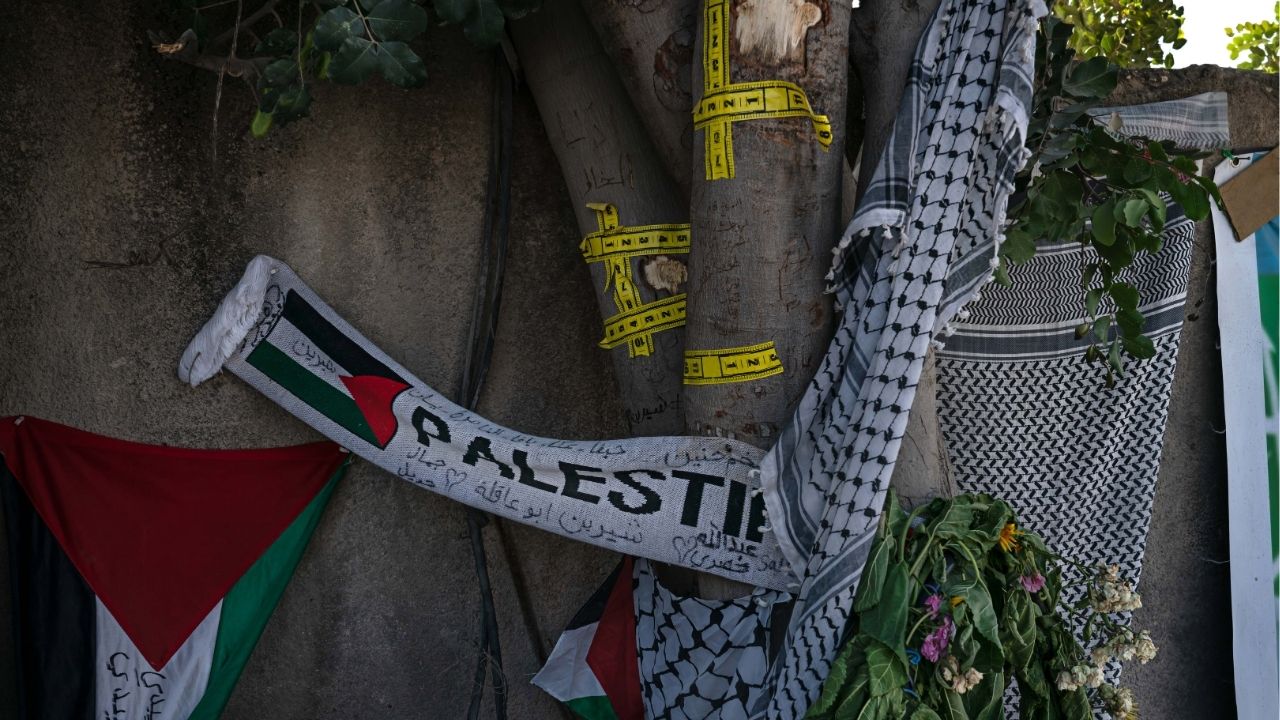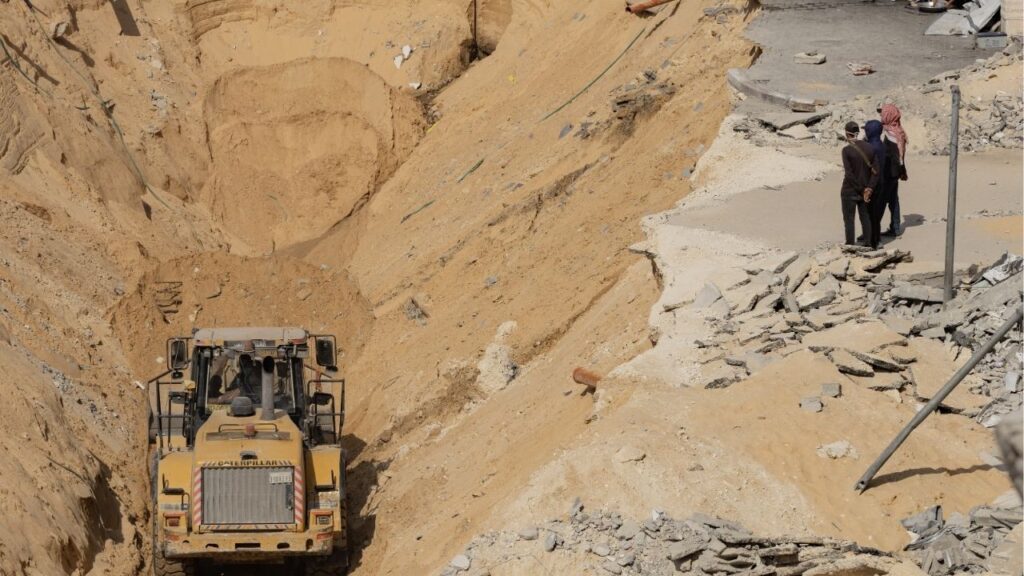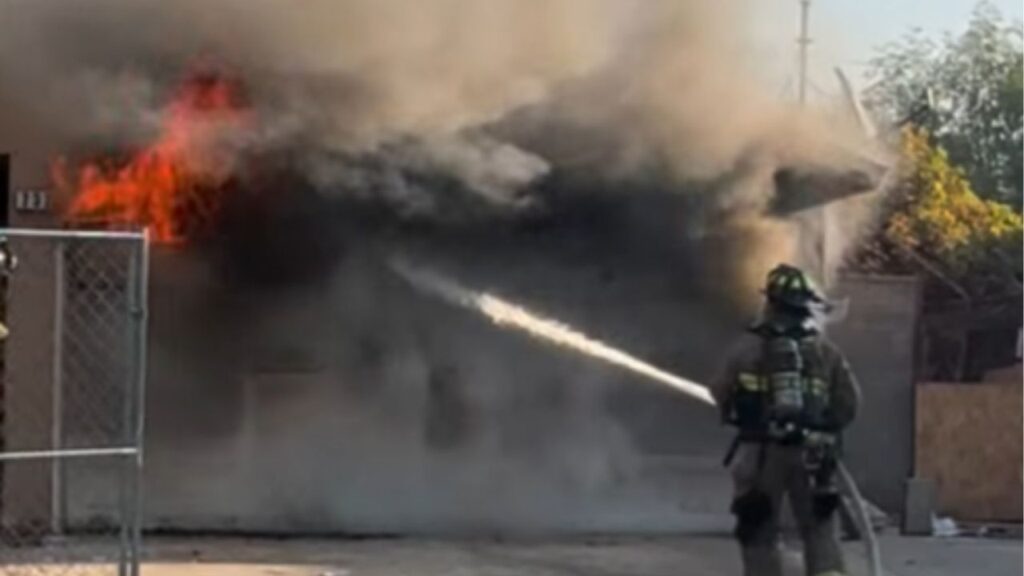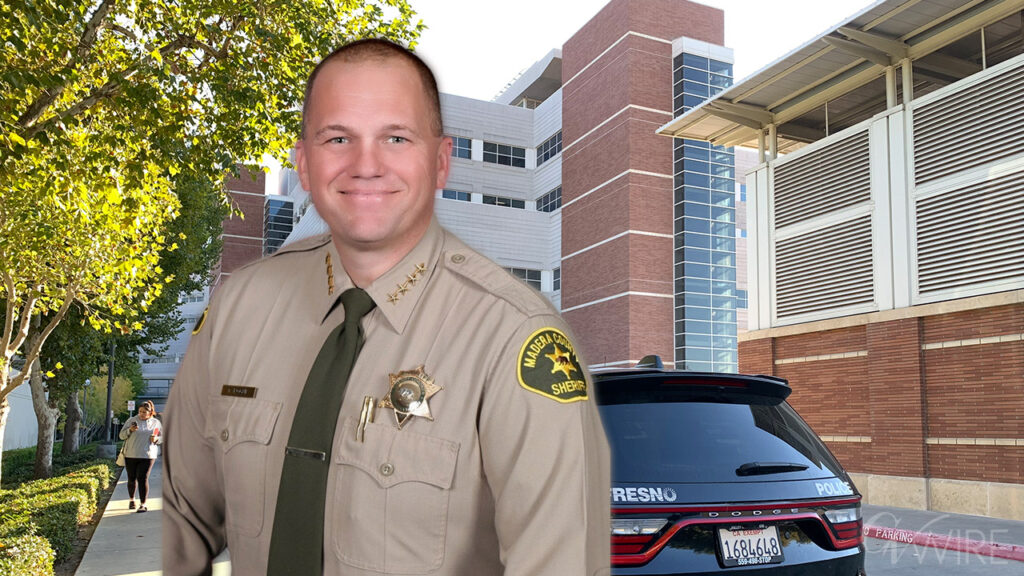A memorial for Shireen Abu Akleh, the Palestinian American journalist for Al Jazeera, at a refugee camp in the West Bank city of Jenin, May 23, 2022. Israeli shooting of Palestinian American journalist divided U.S. officials examining the case; a U.S. colonel who investigated Shireen Abu Akleh’s death goes public with his concerns that American officials soft-pedaled findings to appease Israel. (Samar Hazboun/The New York Times)

- A retired U.S. colonel says the Biden administration downplayed findings suggesting Shireen Abu Akleh’s shooting was deliberate.
- Officials within the U.S. review were split, with some believing the Israeli soldier knew he was targeting a journalist.
- Col. Steve Gabavics claims political favoritism toward Israel influenced conclusions about Abu Akleh’s death and silenced internal dissent.
Share
|
Getting your Trinity Audio player ready...
|
CAIRO — After Shireen Abu Akleh, a celebrated Palestinian American journalist, was fatally shot in the West Bank in 2022, the State Department delivered an equivocal assessment.
While shots fired from Israeli military positions were “likely responsible,” it said, U.S. officials “found no reason to believe that this was intentional.” The shooting, it said, was “the result of tragic circumstances.”
That statement outraged Palestinians and many others, who saw it as the latest instance of the Israeli military dodging accountability for Palestinian deaths. The United States never again publicly weighed in on Abu Akleh’s killing.
But the U.S. officials who closely examined the shooting were deeply divided over the Biden administration’s public conclusions, with some officials convinced that the shooting was intentional, according to five current and former U.S. officials who worked on the case.
There has been no conclusive evidence that the shooter knew he was targeting a journalist. Still, based on the circumstances of the shooting and the available evidence, these officials believed that the Israeli soldier must have been aware he was doing so. Other officials assigned to review the case, however, supported the U.S. government’s far more cautious assessment, the officials said.
Opposing Biden Administration’s Conclusion
One of those who opposed the Biden administration’s conclusion was Col. Steve Gabavics, a career military police officer with 30 years’ experience, including as the commandant of the U.S. military prison at Guantánamo Bay. At the time of the shooting, he was an official at the Office of the United States Security Coordinator. That office, which facilitates cooperation between the Israeli and Palestinian security services, conducted the U.S. review of the shooting.
After Gabavics retired from the military in January, he went public — first in a documentary, and now in an interview with The New York Times — with his concerns that the U.S. government had soft-pedaled the office’s findings to appease the Israeli government.
He aired his views in a documentary released in May by Zeteo News, a left-leaning online news outlet, that publicly identified for the first time the Israeli soldier who shot Abu Akleh. But Gabavics was not named in the documentary; he is now speaking out openly for the first time.
Though the question of whether the shooting was intentional ignited disagreement within the office as a whole, the two officials who clashed most sharply over the shooting were Gabavics and his then-boss, Lt. Gen. Michael R. Fenzel, according to Gabavics and several other former officials involved in the examination.
That conflict culminated in Gabavics being sidelined from the U.S. review, the officials said. Gabavics said Fenzel also threatened to dismiss him.
The four officials who spoke to the Times about the case — besides Gabavics — did so on the condition of anonymity because they remain employed by the government or military and are not permitted to speak publicly.
Gabavics was chief of staff to Fenzel, who led the U.S. Security Coordinator liaison office at the time and helped draft the July 4, 2022, State Department statement attributing the shooting to “tragic circumstances.”
Gabavics said in an interview that he and his colleagues “were just flabbergasted that this is what they put out.”
That the U.S. government avoided calling it intentional, he said, “continued to be on my conscience nonstop.”
“The favoritism is always toward the Israelis. Very little of that goes to the Palestinians,” he said of his experience working in the office.
But Fenzel was adamant that there was not enough evidence to rule out the possibility that the fog of war had led to an accidental killing, according to two of the officials.
“Ultimately, I had to make judgments based on the full set of facts and information available to me,” Fenzel said in a statement to the Times. “I stand by the integrity of our work and remain confident that we reached the right conclusions.”
The four officials said they believed Gabavics was acting out of concern for what he saw as the truth.
Examining the Shooting
The office where Fenzel and Gabavics worked, now known as the Office of the Security Coordinator, found itself examining the shooting after Israeli and Palestinian officials, who carried out their own independent investigations, refused to cooperate on a joint inquiry.
The FBI initially declined to investigate because, according to Gabavics, it said it had not been requested to do so by Israel. With the Biden administration under pressure from lawmakers, the FBI eventually opened its own investigation in November 2022. Nearly three years later, however, it has not released any findings, nor said when it might do so.
In the immediate aftermath of the shooting, the Biden administration assigned Fenzel’s team — which is not an investigative agency — to assess the case and write a report on the evidence.
To analyze the trajectory of the bullets, Gabavics and other colleagues were sent to examine the scene on the day Abu Akleh was killed, the colonel and other officials who worked on the review said.
A key part that the U.S. office played in the investigations was to take custody of the bullet that killed Abu Akleh and hand it to Israeli government ballistics experts for testing in the presence of the U.S. officials, including Fenzel. The Israeli experts also examined an Israeli army rifle that the Israelis said a soldier had used to fire in Abu Akleh’s direction.
The 2022 State Department statement said that extensive damage to the bullet made it hard to draw a definitive conclusion about which gun it was fired from.
Gabavics said he and others on the team agreed that the Israeli soldier who shot Abu Akleh must have known he was shooting at a journalist, though they did not believe that the shooter was targeting Abu Akleh specifically.
Gabavics Said He Concluded the Shooting Was Deliberate Based on Several Factors:
— Records of Israeli military radio traffic on the morning before the shooting showed that soldiers were aware of journalists in the area, he said. And there had been no gunfire coming from the journalists’ direction that might make the Israeli soldiers likely to shoot toward them in self-defense, he said.
— There was an Israeli military vehicle down the road from Abu Akleh that morning. A sniper watching the road from inside the vehicle would have been able to see the journalists clearly, Gabavics said.
— When he visited the scene of the shooting hours after it occurred, he said, his colleagues, wearing blue vests similar to Abu Akleh’s navy-blue protective vest marked “Press,” positioned themselves where she had fallen. They were visible to him from where the shooter’s vehicle had been, he said.
Gabavics said the precision of the shots, hitting Abu Akleh’s head and a carob tree near her, did not suggest an uncontrolled spray of gunfire. That, together with the fact that the shooter fired first at Abu Akleh’s producer, then at her, then at a passerby who tried to help, indicated to him the shooting was deliberate, he said.
An investigation into the shooting by the Times in 2022 found that 16 shots were fired from the approximate location of the Israeli military convoy, most likely by a soldier from an elite unit.
For the shooting to be accidental, “the most absurd thing in the world” would have had to happen, he said. “The individual popped out of the truck, just was randomly shooting, and happened to have really well-aimed shots and never looked down the scope. Which wouldn’t have happened,” he said
—
This article originally appeared in The New York Times.
By Vivian Yee/Samar Hazboun
c. 2025 The New York Times Company
RELATED TOPICS:
Categories

2 US Navy Aircraft Go Down in South China Sea
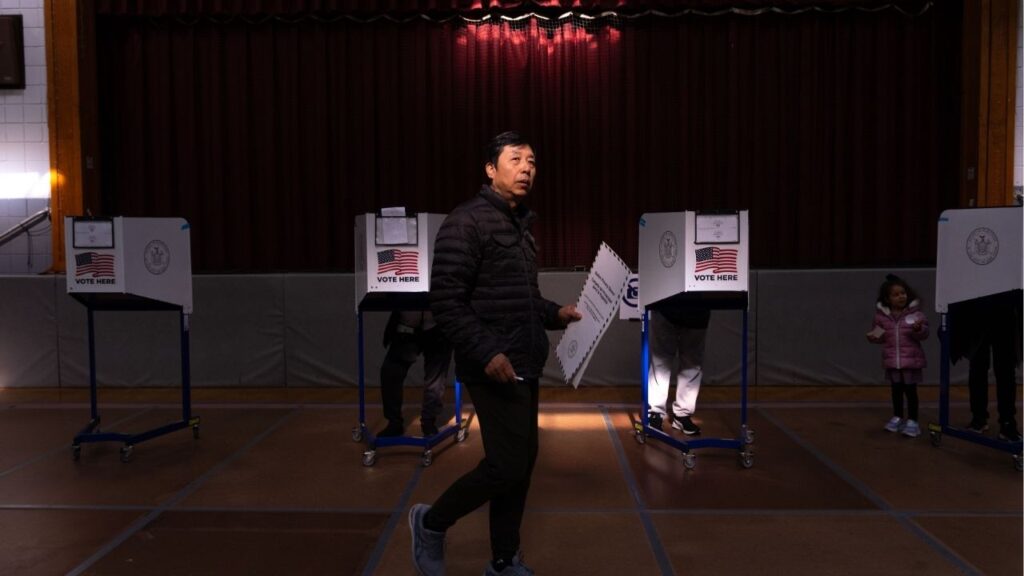
Lawsuit Plunges New York Into the National Gerrymandering Fight
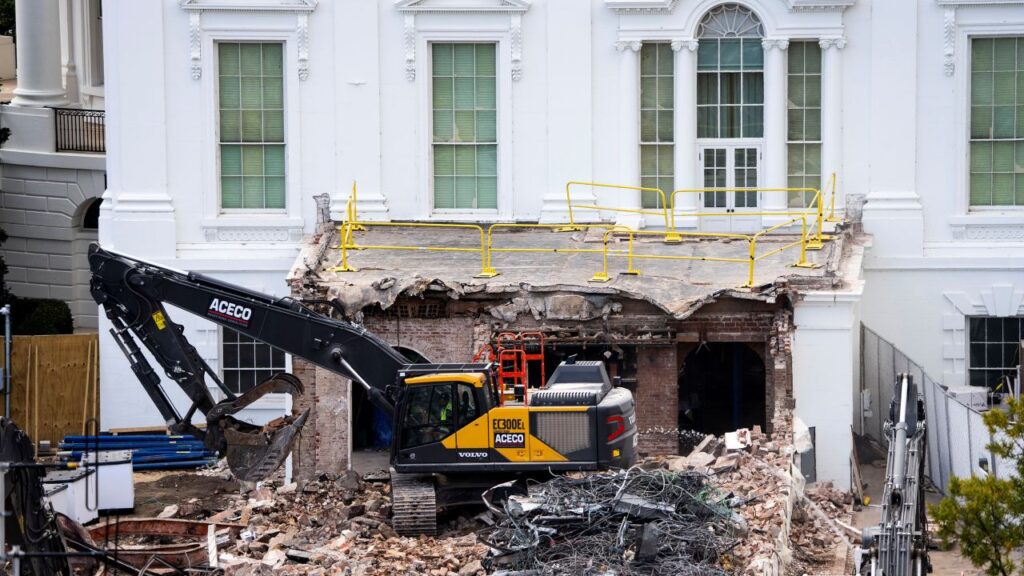
Why Trump’s East Wing Demolition Needed to Happen




